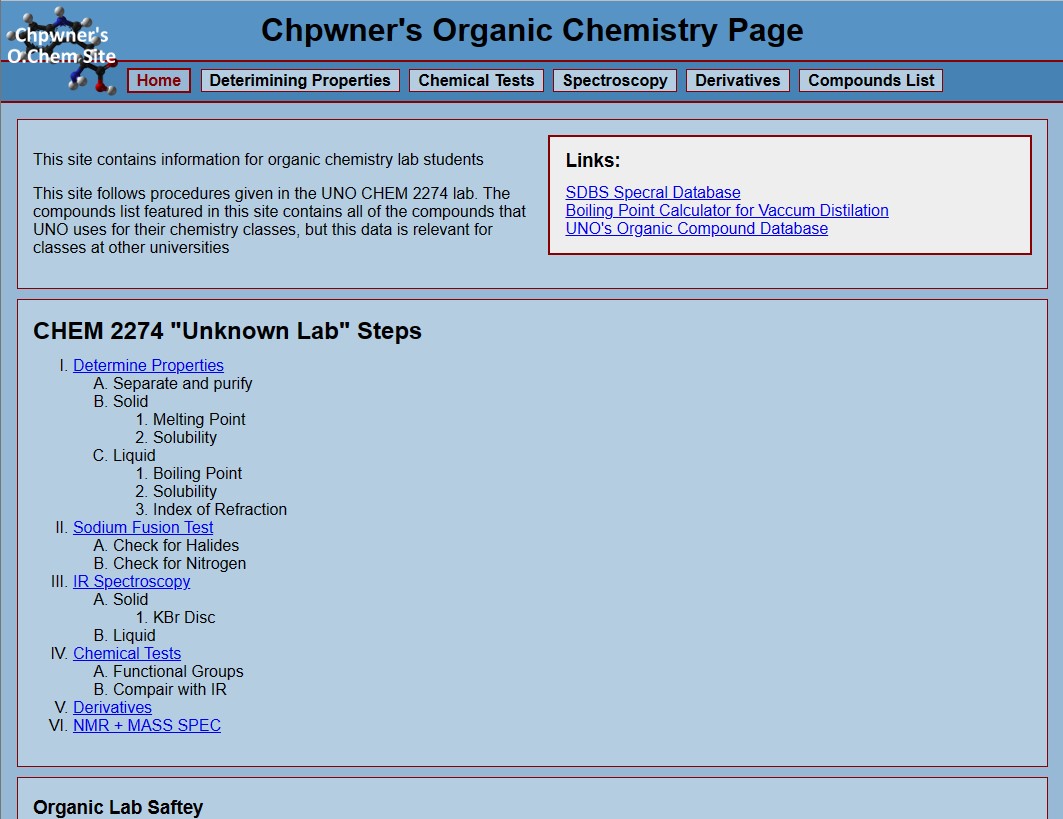2008
Chpwner.org
Advent of this Site

What does a large mammalian database
and a bookstore have in common? 🧐
They were both lackluster first-editions to my website, which was now relabeled from Kirkserver to Chpwner.org.
The first entry was the Mammals of the World spreadsheet, which simply outputted data derived from a relational database into web table form. I needed more practice with SQL and PHP, but to do that I needed some data to work with. Being a biology major, animal taxonomy came to mind. So, I found a machine readable database of mammal species online.
Ultimately this site was no more than a spreadsheet, in fact you can download the data and manipulate it in Excel (or similar program) to achieve a greater effect than I presented on my website. The screen capture on this page is actually from Excel, I can confirm the 2005 edition of Mammals of the World is still online.
Database from Bucknell University:
Don E. Wilson & DeeAnn M. Reeder (editors). 2005. Mammal Species of the World.
A Taxonomic and Geographic Reference (3rd ed)


